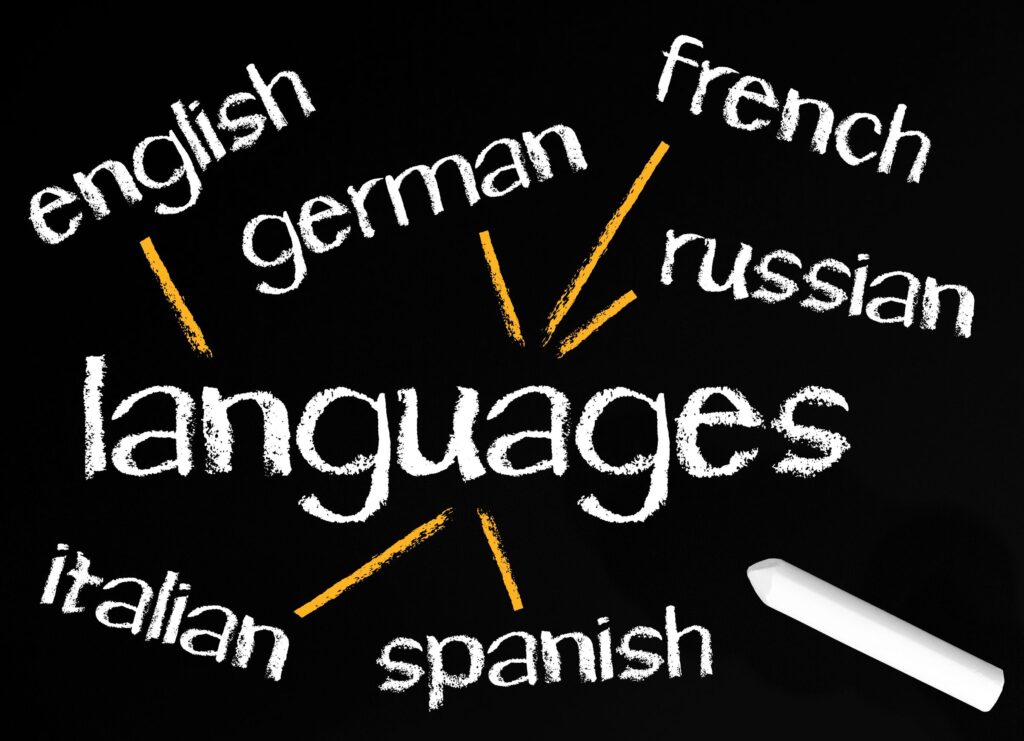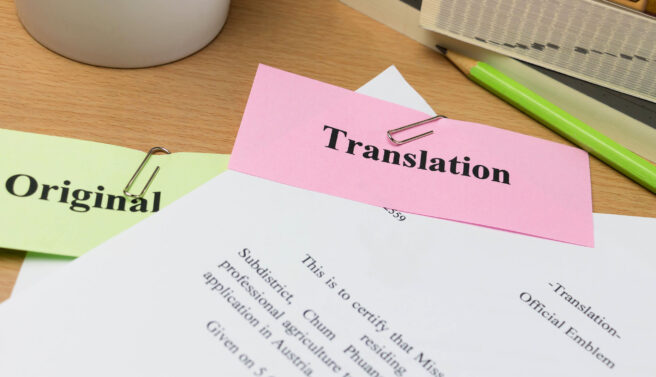Translation services evolve continuously, and over the years, the industry has streamlined the provision of service, using tools and technologies that help in keeping the translation process consistent, flexible, and adaptable.
For years, machine translation has been one of the technological advancements that made many translators worry about losing their jobs. Is machine translation feasible in the future? Will machines and technology dominate the translation services market?
We all know the changes technology brings to almost all facets of the world, including the translation industry. Linguists gained several benefits from digital technologies, and language translation remains an excellent career choice.
Future of Global Translation Services
Right now, the hot issue in global translation services is machine translation. The projection is that it will have more impact by 2022. Online translation tools are becoming more valuable to millions of people who communicate in many languages. Machine translation may provide awkward translations, but AI-assisted machines continue to learn and meet the needs for quick, informal, and short translations between friends and family.
The industry can expect new language technologies that will assist the translation industry and other business sectors using computerized language translators. Travelers can have a wearable translation device. Longbar, a Japanese electronics company, released ”ili,” an offline translation device that is capable of translating English into Mandarin Chinese and Japanese. Newer versions include translations to Korean and Spanish.
However, machine translation cannot replace human translators for many more years, at least. It will affect the industry because machines can help improve several aspects of the translation process.
On the other hand, linguists will take on more specialist roles. Machines cannot take over their work because humans are creative and adaptable. One possibility is in marketing since this sector helps industries and businesses. Machines will improve technology but cannot drive engagement and produce translations that can elicit emotional responses.
Global Translation Market
The global translation market will grow bigger as more companies expand internationally, which will heighten the demand for translation services due to the differences in language. The industry projects that by 2020, it will be worth $45 billion.
Other drivers of the growth of the global translation market include an increase in the volume of offline and online content and the growth of e-commerce.
Alongside the growth are the challenges, such as more in-depth knowledge of social media platforms, mobile applications, and data security. The industry has to deal with neural machine translation tools, video translation, and more.
Higher Demand for Translation Services
Today and in the near future, translation services will enjoy a higher demand, as more foreign markets open up to international trade. Translation bridges the differences in language. Although English is the language of international business, many foreign business people still prefer to conduct business in their language. Therefore, translation services and interpreting services will always be a part of all aspects of the global community.
Several types of research and studies point to the same thing – translation services will be handling more diverse languages to meet the communication needs of various industries. For example, 14 languages were enough to reach around 75 percent of Internet users worldwide in 2017. In 2027, it will take over 60 languages to reach 96 percent of online users.
Localization – How Does it Differ from Translation?
Standard translation deals with the direct translation of written content from one language into another. Translation handles documents from different industry sectors.
With globalization, more foreign markets will become accessible, opening more opportunities for international companies to offer their products and services to a broader consumer base.
However, consumer tastes and preferences differ. Consumers also speak different languages. To ensure their business and brand success, companies need localization services.
Localization is a specialized translation service that requires more than just standard translation. Localization will enjoy higher demand, as well.
Localization involves translation and the adaption of the information linguistically and culturally. Brand/product information encompasses several things, such as:
- Product information
- Instructions for use
- Marketing collaterals
- Advertising materials
- Company information
- Website content
- Product descriptions
- Menus
- Packaging materials, including labels
- Other information that consumers are going to need
Localization likewise considers cultural preferences. The localization process could involve the replacement of images with those that are more culturally appropriate. It could entail changes in the brand name, tagline, colors, and fonts. Localization could also require the brand to make some changes in its logo to adapt to local culture.
The service ensures that the products or services conform to the cultural sensitivities of the target market. Localization is one of the primary keys to the global success of a brand.
How Much Does Document Translation Cost?
The cost of document translation varies depending on the project volume, the length of the document for translation, the complexity of the target language, the subject matter, and the project deadline.
Many translation services providers charge per page, especially for short documents that do not need a subject matter expert. You can expect to pay around $30 to $125 for a one-page document.
The popular method is charging per word, with the rate typically around $0.08 to $0.40/word, based on the source document. You have to understand that more complex target languages require higher rates. You should check if there is an extra charge for proofreading, editing, and desktop publishing. Moreover, clients should understand that rush translation requests usually incur higher rates, typically ranging from 25 per cent to 50 per cent over the usual rates.
Respond Quickly to Global Demands – Contact Us!
eTranslation Services closely follows changes and developments in the translation industry and the demands of the global market. Trust us to provide you with the most accurate translation of your documents, handled by professional and native-speaking linguistic and subject matter experts to ensure that your messages are communicated properly and effectively. Contact us immediately when you need translation services. Call us at (800) 882-6058 or send us an email at [email protected].




